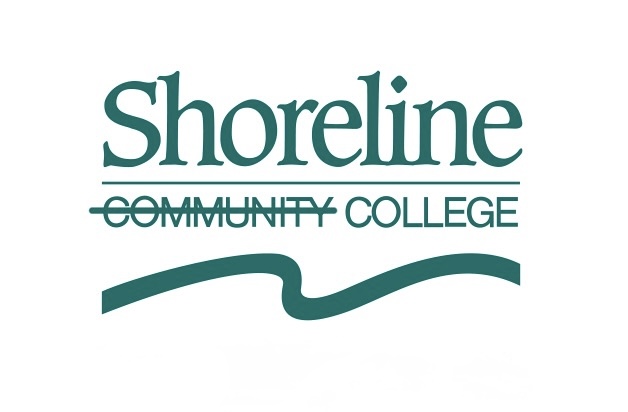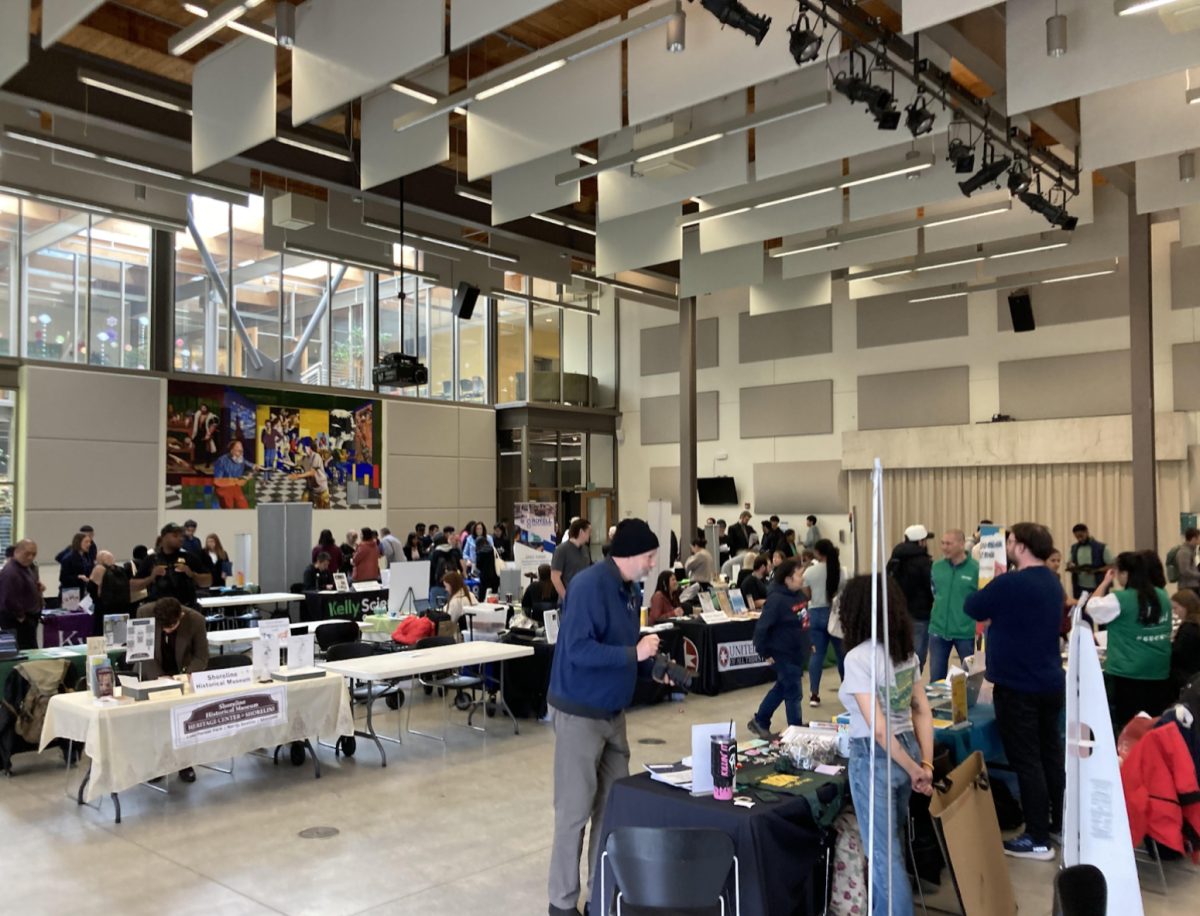The Big One.
You might’ve heard about it. A New Yorker article from 2015 christened it “The Really Big One,” declaring it to be “an earthquake (that) will destroy a sizable portion of the coastal Northwest.”
The article set off a buzz throughout our little slice of the Pacific Northwest, with people sharing the tale of impending doom on social media, and news outlets like The Seattle Times running stories on earthquake preparedness. But, unfortunately, the hype died down with the news cycle, and the Big One ended up as one of those worries-for-another-day.
For those blissfully unaware, the Really Big One (aka the Cascadia megaquake) is an earthquake that could very well be “the worst natural disaster in the history of North America.” The chances of it occurring within the next fifty years are about 15 percent, and it’s expected to render the Northwest “unrecognizable,” according to the New Yorker article.
Federal Emergency Management Agency (FEMA) projections show casualties of almost 13,000, with twice that number being injured and another million being displaced. And it’s all because of those darned always- moving tectonic plates that make up the Earth’s crust.
Without getting too deep into the science, due to some neato interactions between oceanic and continental plates, the areas surrounding the Pacific Ocean (dubbed the Ring of Fire) house 75 percent of the world’s volcanoes and are where 90 percent of the world’s earthquakes occur —that’s why little earthquakes here and there aren’t at all uncommon in Japan.
But we happen to be located in an unusually quiet part of the Ring of Fire, which could very well mean tension is being built up bit by bit, waiting to release at the opportune moment. Perhaps this was what your real estate agent meant when they described those panoramic views of the Puget Sound as “dramatic.”
On the bright side, it’s much more likely that we’ll end up experiencing a quake like 2001’s Nisqually earthquake, which caused nearly 2 billion dollars worth of damage and injured at least 400 people, within the next 50 years — in fact, scientists estimate the likelihood at being around 80 percent.
But there’s no question of “if” for a future earthquake, only “when.”
Take the Earthquake Preparedness Quiz!
If any of this has you feeling at all worried (which you should be if you care about your children, your parents, yourself or, most importantly, your dog), learn how to properly prepare yourself with the quiz below! And no worries if you suddenly realize you’re completely unprepared; 9 out of 10 Ebbtide staff members rate themselves as somewhat-to-woefully unprepared. So be sure to give us a holler if you follow through with a disaster plan — we’ll know whose door to knock on when the time comes because, uh, you owe us now.
- Experts recommend having at least __ day(s) worth of emergency supplies per household member.
A. 1
B. 3
C. 7
D. 14 - How much water should you have prepared per person per day in the case of an emergency?
A. 8 cups
B. 12 ounces
C. 7.3 gallons
D. 1 gallon - What does MRE stand for?
A. Make Ready for Earthquake
B. Meal, Ready to Eat
C. Miss Reading Ebbtide
D. Maybe Reconsider Engineering major - True or false: Doorways are safe places to be during earthquakes.
- The Really Big One is expected to be about ___ times more powerful than the 2001 Nisqually earthquake.
A. 10
B. 50
C. 100
D. 2000 - After the region-wide “Cascadia Rising”megaquake drill, state officials called their own plans…
A. “Super duper mega-ready for anything.”
B. “A work-in-progress.”
C. “Almost perfect.”
D. “Grossly inadequate.” - What is the best way to
react to an earthquake?
A. Drop, cover, hold on
B. Stop, drop, roll
C. Cry
D. Raindrop, droptop - True or false: In the event of a megaquake, I will still be able to use Netflix.
Answers:
1. B (but more like D) — Experts recommend at least 3 days of supplies, but a Washington state- sponsored report from last year has changed the guidance to at least two weeks due to results from the 2016 Cascadia Rising drill. Some local groups are even saying up to a month.
2. D — You should have 1 gallon per person per day, half for drinking and half for cooking and sanitation. Alternatively, you can get water purification tablets or bottles that can filter water.
3. B — Meal, Ready to Eat. These are prepackaged meal kits commonly used by the military. You should have these or some other non-perishable food items like canned or dried foods.
4. False — While you may have been taught this in elementary school, doorways are hard places to stay still in during earthquakes, especially when the swinging door keeps slamming into your face.
5. D — The Really Big One is expected to be 2000 times stronger than our 2001 earthquake. So, yeah. Really Big Deal.
6. D — “Grossly inadequate.” Yup, not even the people in charge think we’re in any way prepared, which is why it’s vital for people to have their own emergency plans instead of depending on state and/or federal aid that might never reach them.
7. A — Drop, cover, hold on, meaning you drop to the floor, find overhead cover in the form of a table or countertop and hold on to the cover.
8. False (probably) — The quake will in all likelihood cause phone and internet service to collapse for a while, so if you’re worried about being entertained as the world burns, it’s best to go analog and have some books or a deck of cards on hand.
By AREEYA TIPYASOTHI, Copy Editor







